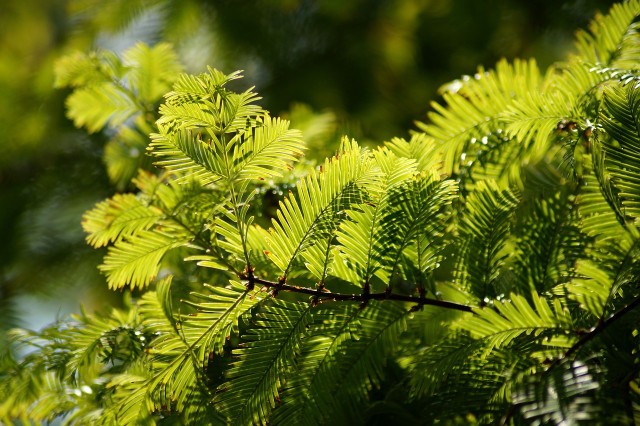If you want to enjoy this colorful plant for a long time, you should prune your yew regularly. In this article we will show you what you need to pay attention to.
As a robust and low-maintenance hedge plant, you can prune the yew several times a year. Although it belongs to the conifers, the poisonous plant is very tolerant of pruning. You should therefore prune the yew at least once a year so that it grows as opaque and strong as possible.
Contents
The right time to prune the yew
Theoretically, you can prune the yew all year round. If you only want to prune individual branches that are damaged or falling out of shape, you can ideally do this from March to September.
If, on the other hand, you plan to prune more heavily, the best time is in March, just before the yew sprouts new shoots. For one thing, the cuts heal best now, because the Taxus sprouts again quickly. In addition, you save native birds that nest later in the hedge plant.
Important: You should not cut your yew during heavy frost, as frostbite can occur at the cuts. Pruning can also harm the plant in hot weather and extreme sunlight, because in this weather the needles and shoots of the freshly cut yew will dry out.
Topiary: properly cut the yew into shape

Whether it’s a sphere or a pyramid, you can cut your yew into different shapes if you like. Young or newly rejuvenated plants are best suited for this. To ensure that your yew tree stays in shape for a long time, you should prune it every year between June and August.
This is how you prune your yew back into shape:
Cut back branches that are too long and sticking out of shape to a short side shoot. This prevents gaps from forming in the needle coat.
Remove dead and broken wood by cutting these branches back to short cones.
Use wooden or cardboard templates to maintain the correct shape when pruning.
Tip: To prune your yew tree, you will need very sharp and durable tools. Therefore, you should sharpen your hedge trimmer before you use it on the taxus and possibly injure it with a blade that is too dull.
Rejuvenation pruning: properly cut old yews
Pruning an older yew tree is especially worthwhile if the plant is slowly growing too tall or too wide. Unlike thuja and fir, taxus tolerates such rejuvenation pruning very well. The important thing here is that you only prune the yew in stages. The best time for this is every year in late winter.
This is how you proceed with the annual pruning stages:
- Each year, cut back about a quarter of the longest side shoots on the vertically growing scaffold shoots.
- Trim the side branches so that only one to two inches of short stub remains on the main shoot.
- Divert particularly strong growing competing shoots to the three scaffold shoots to lower side branches.
- When you have cut back all side branches, you can regulate the height of the yew in the last stage:
Place the pruning shears on one branch of the scaffold shoots.
Cut about two centimeters behind the fork of the old and young shoots.
To help the yew regain its strength quickly after pruning, you can also give it some organic fertilizer.
How to properly dispose of the cuttings
After pruning the yew tree, it is important that you dispose of the cuttings properly. There is nothing to prevent you from throwing the remaining parts of the plant onto the compost. Since the yew is poisonous, you should only make sure that the compost heap is not accessible to children and pets. As the yew decomposes, so will the toxins. If you want to speed up the decomposition process, you can also shred the plant remains. However, make sure that you wear protective gloves and long clothing.

